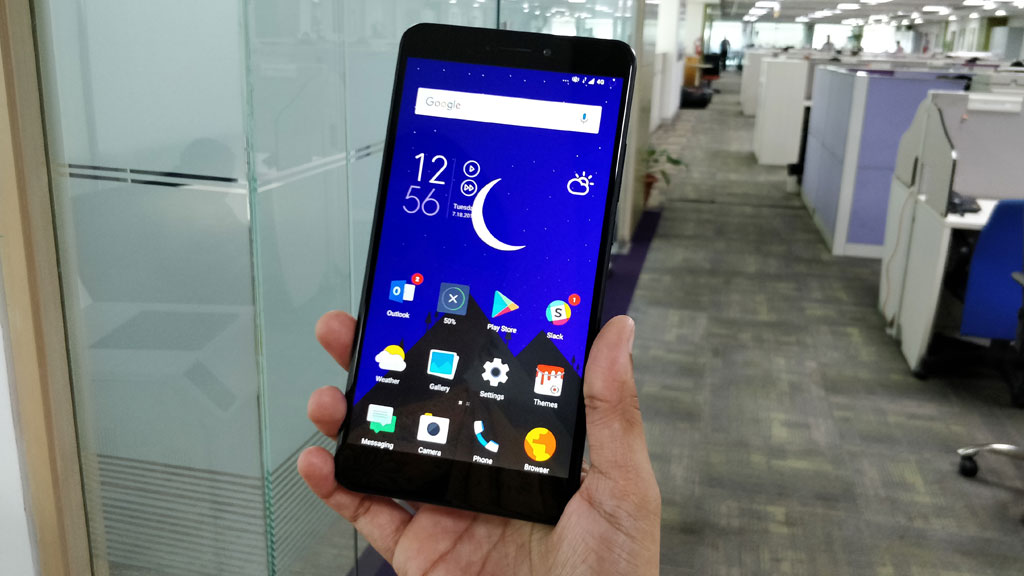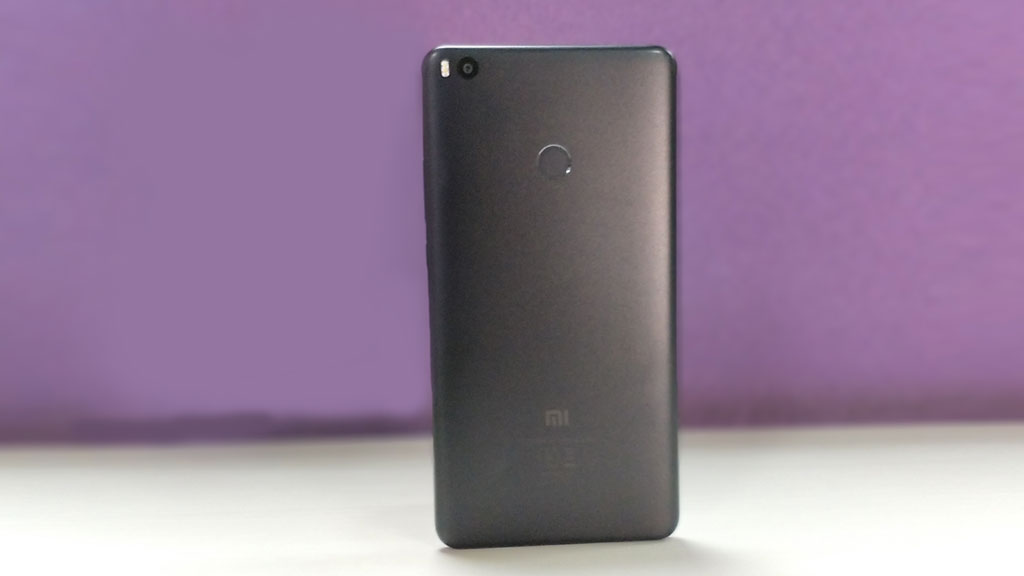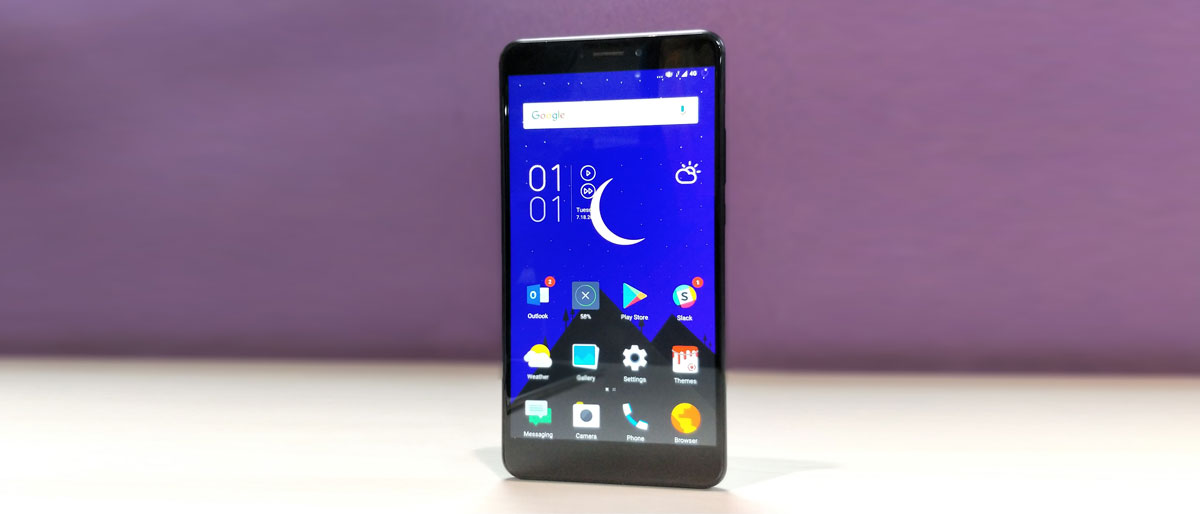Why you can trust TechRadar

Display
The Mi Max 2 flaunts a 6.44-inch full HD (1920x1080 pixels) IPS panel which is protected by Corning’s Gorilla Glass 3. The Max 2 is also the first smartphone in Xiaomi’s catalogue to come with a protective glass on top of the display. The display panel’s size takes up almost 75 percent of the body with bezels on top and bottom. During my usage, I liked the display on the Max 2 for its sharpness, vivid colours and crisp details. It is so bright that using it in bright and sunny days didn’t pose any difficulties to me.
Now, you might think that the full HD display on the smartphone of this size will ruin your experience but the display is on par with all the other smartphones available out there. Plus, larger sized display means more pixels, which in turn means a more detailed representation of all your movies, games and pictures.

Camera
Let me just say it outright that in my experience, I found the camera prowess of the Mi Max 2 to be great. The specs sheet details that the Max 2 sports a 12-megapixel rear camera with an aperture size of f/2.2, backed by dual-tone dual LED flash and supported by phase detection autofocus. In comparison, the Mi Max comes with a 16-megapixel camera which might be seen as a downgrade for people who still prefer numbers over quality. Which is why the Mi Max 2’s camera comes with the same Sony IMX386 sensor found on Xiaomi’s flagship smartphone, the Mi 6. On the front lies the 5-megapixel selfie camera with an aperture size of f/2.0.
Using the camera app on the Max 2 is fairly simple. The app lets you focus on a subject in a frame and through a slider, exposure can be adjusted. Tapping the shutter button captures the image while long pressing it results in burst shots. The camera app is the same as found on many Xiaomi devices and comes with a slew of features along with different modes.
During daytime, the pictures came out to be pretty detailed with accurate colours making the Mi Max 2 capable of capturing great imagery. The camera focuses very quickly on different subjects thereby shooting and processing the shot in a jiffy. Different modes let the camera enhance the pictures and you get a different take on the shot as well.
However, during low-light, capturing shots from the Max 2 is a pain as the camera tends to soften the images, add a lot of noise and over process them. Sometimes, in my usage, I found out that the camera of the Max 2 came out with blurred images because of the inadequate light source. Focusing on a particular subject in such a situation can be really hard for the user as well as the camera.
The front-facing camera takes nice selfies for your social media needs and does an amazing job around a light source. During low-light, the performance of the selfie camera is yet again marred by over-processing and softening the images, the result being grainy pictures.
The camera on the Mi Max 2 also supports 4K video recording through which I was able to get some great footage.
Current page: Display and camera
Prev Page Introduction and design Next Page Battery and performance- Siddharth Chauhan is the Consumer Technology Reporter at Digit India. He used to work as an Assistant Editor at TechRadar India

